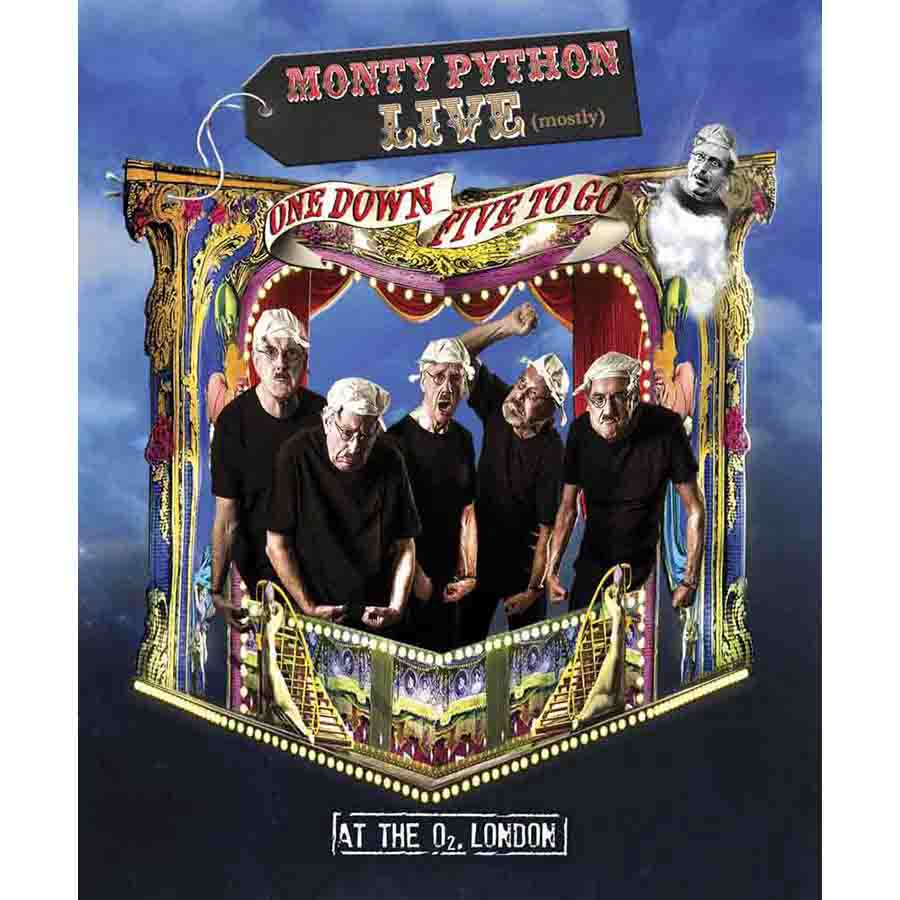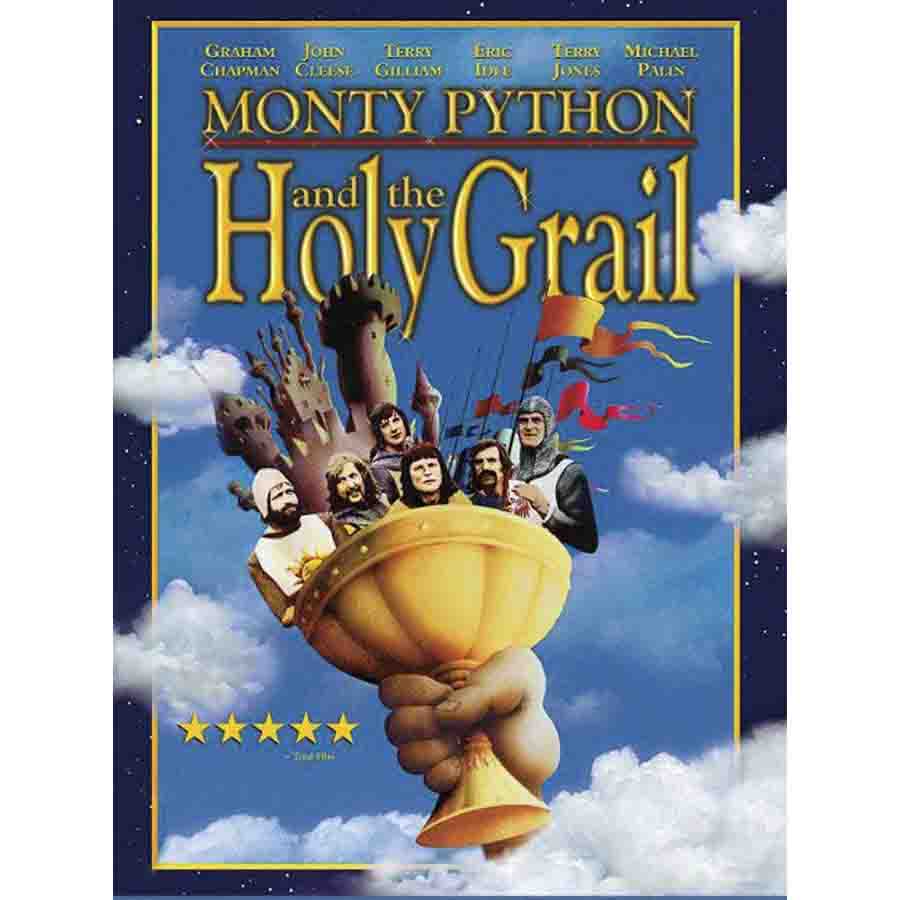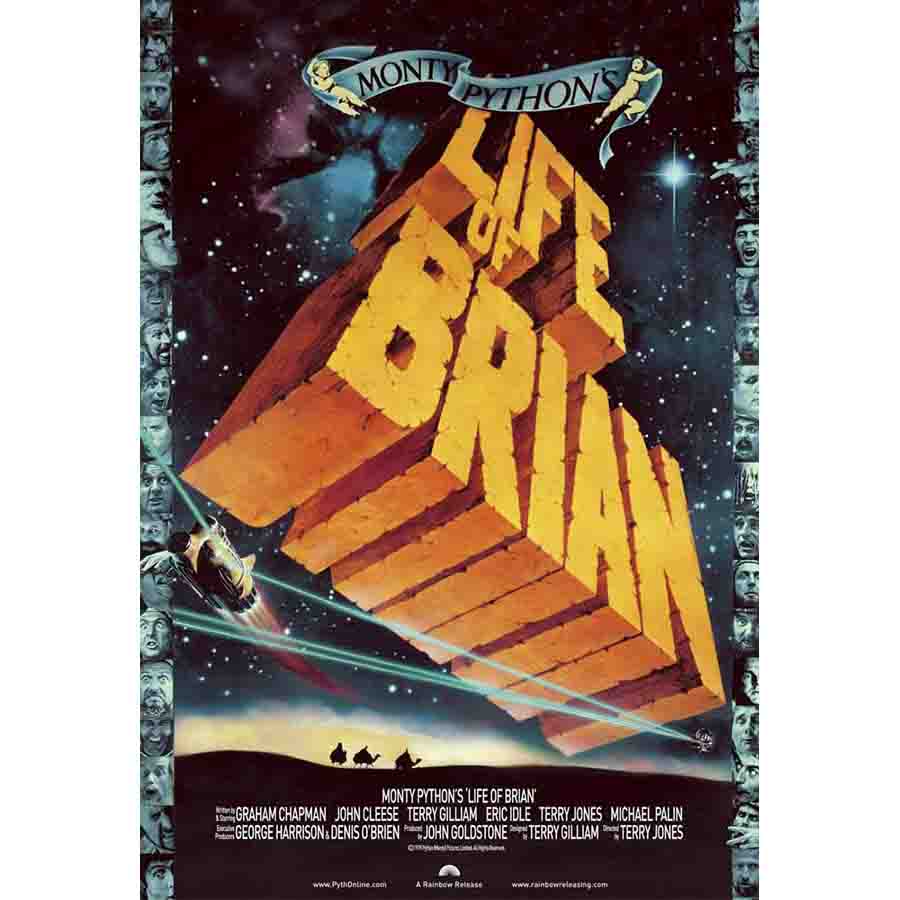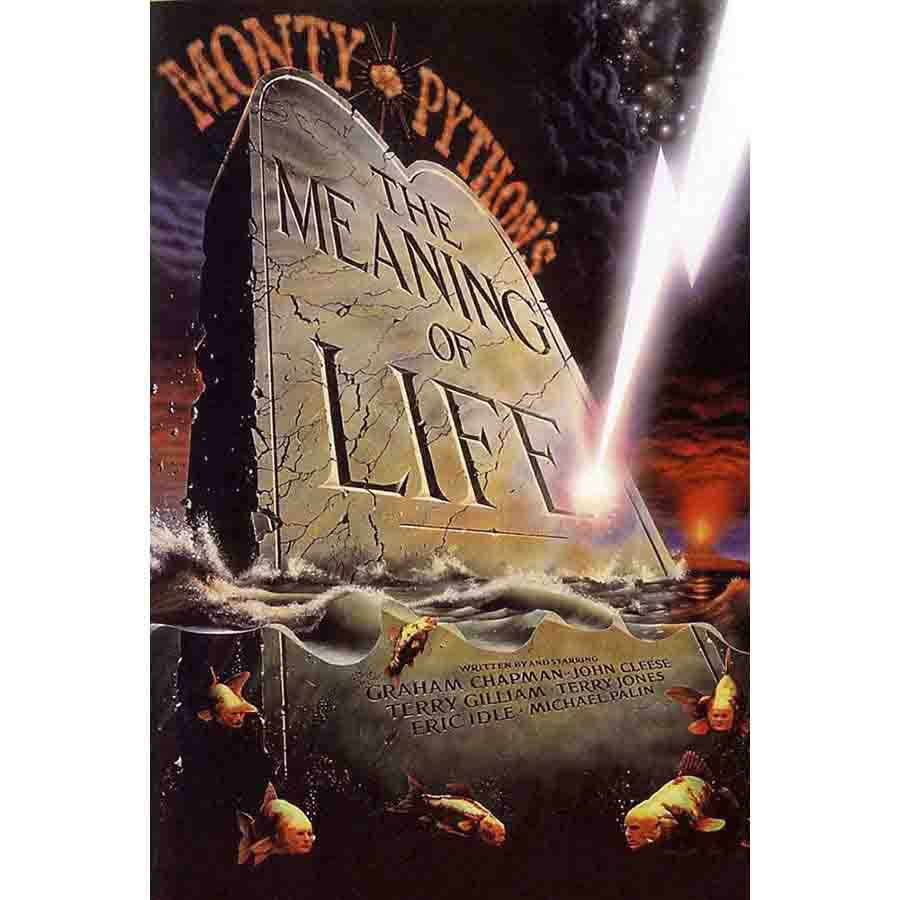- FILMS -
-
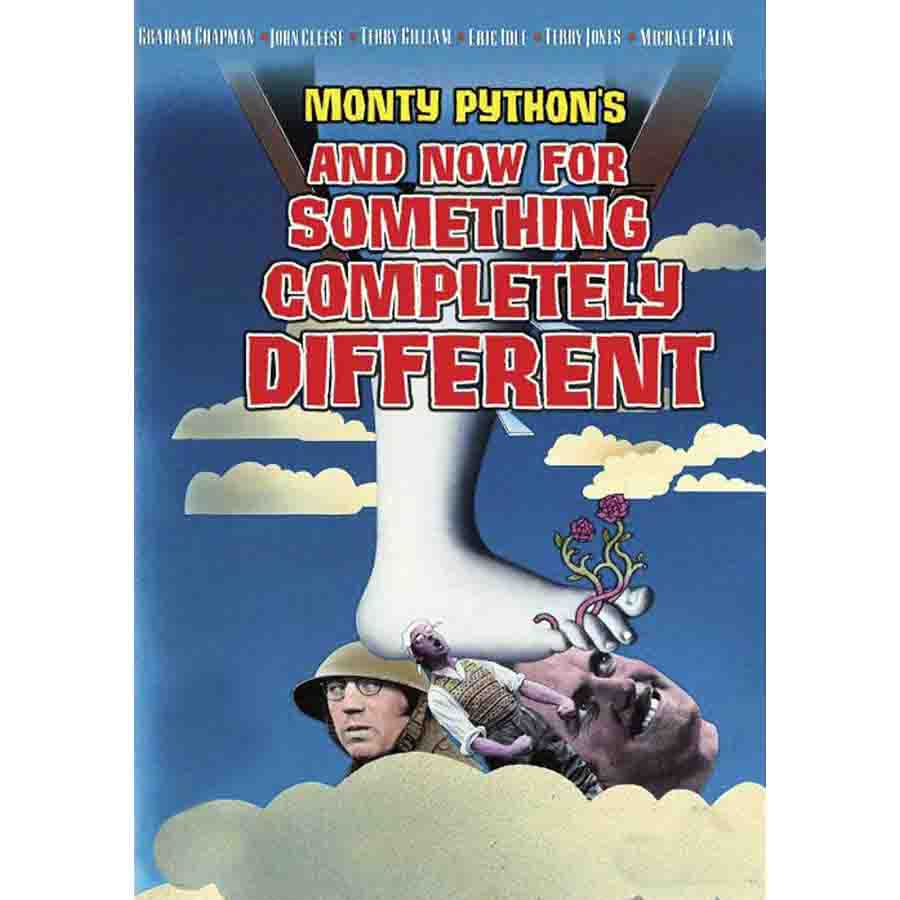
Monty Python's And Now For Something Completely Different (1971)
"And Now For Something Completely Different"
Director: Ian MacNaughton
Producer: Patricia Casey
Original Theatrical Release Date: 28 Sept. 1971 (U.K.)
Running Time: 1:28
The Pythons' first theatrical feature was an anthology of their best work from the first two series of "Monty Python's Flying Circus." Produced as a way to introduce the team to U.S. audiences, the film was actually a bigger moneymaker back in England, where the sketches had originally been aired.
Synposis
Like the TV series, the film is a stream-of consciousness flow of sketches and Terry Gilliam animations. Unlike the show, they were performed without a live audience.
Among the skits included are How Not to Be Seen; A Man With a Tape Recorder Up His Nose; the Dirty Hungarian Phrasebook; Marriage Counselor; Nudge Nudge; Self-defense Against Fresh Fruit; Hell's Grannies; Camp Military Maneuvers; Mountaineering Sketch; the Mouse Organ; Sir Edward Ross Interview; Milkmen Collector; the Funniest Joke in the World; the Dead Parrot; the Lumberjack Song; the Dirty Fork sketch; Vocational Guidance Counselor; "Blackmail!"; a Reenactment of the Battle of Pearl Harbor (by Townswomen's Guild of Sheffield); and the Upper Class Twit of the Year Competition.
Gilliam's animations included the Cannibal in the Baby Carriage; Fairy Tale (featuring the black spot); Conrad Poohs and His Dancing Teeth; Catching a Bus; Killer Cars; American Defense; Rodin's Kiss; and a shaver slicing off his own head.
The Making of
In 1970 Victor Lownes, the head of Playboy's London office, offered to put up half the budget for a film of Python sketches that could be marketed to the U.S. college circuit. As the TV series had not yet been shown in the States, a motion picture consisting of the team's best bits was seen as an effective way to introduce Python to American movie audiences, and attract fans who'd already bought the import records.
The content of the film pretty much followed the dictates of Lownes, a fan who wanted to eschew new material and only go with choice sketches from the first and second series of "Monty Python Flying Circus," restaged (and reanimated) for 35mm cameras.
Ian MacNaughton, who was director of the TV series, took two months' unpaid leave from the BBC to film "And Now For Something Completely Different," which was shot in an unused milk depot in North London, with exteriors on the outskirts of the city. Filming took place in Autumn 1970, after the recording of the second TV series (but before most of that series had aired).
Lownes' personal taste for Python sketches, however, did not extend to Ken Shabby, who was left on the cutting room floor. Lownes also got into a battle with Gilliam over the size of his name in the credits.
Reception
The film's £80,000 budget was easily recovered in the U.K.; ticket buyers showed up despite the fact that the movie featured recycled comedy bits (and had the temerity to call itself "And Now for Something Completely Different"!). Columbia's marketing of the film in its 1972 U.S. release, however, failed to lure audiences, and it fell flat.
Once Python began building a fan base in the States a couple of years later, thanks to PBS and the record albums, "And Now For Something Completely Different" was re-released. But an hour-and-a-half sketch film still proved a tough sell.
Test audiences for the movie, chock-full of sketches, seemed to hit a wall at just under an hour, at which point exhaustion set in, regardless of the order in which sketches appeared. It was a lesson that the Pythons took to heart when it came time to draft their next film, which – despite its knockabout elements – would feature characters and a narrative arc that sustained a single story (and audience interest) throughout the film's hour-and-a-half running time.
They would also demand more creative control over their work.
By David Morgan, 2014

